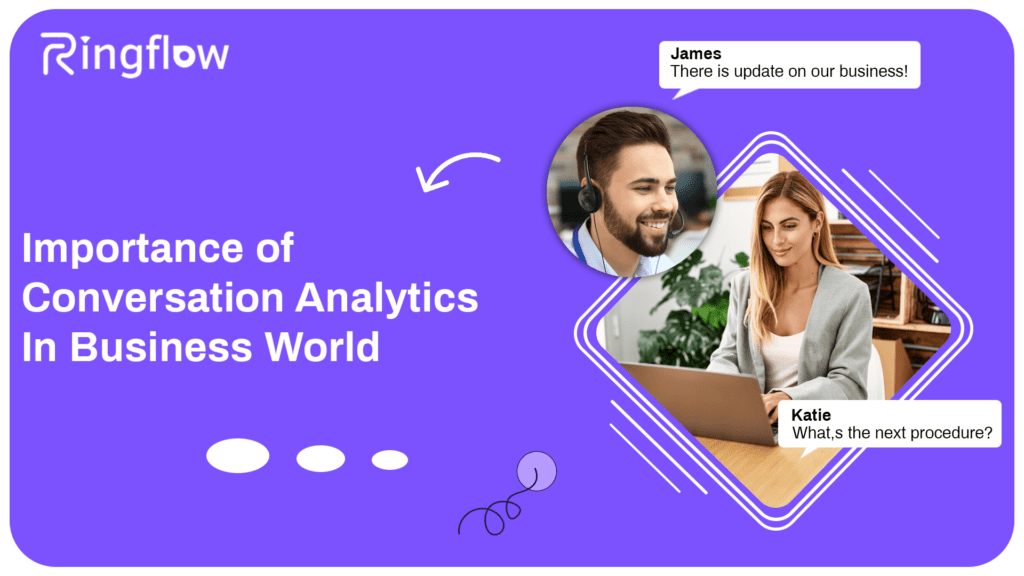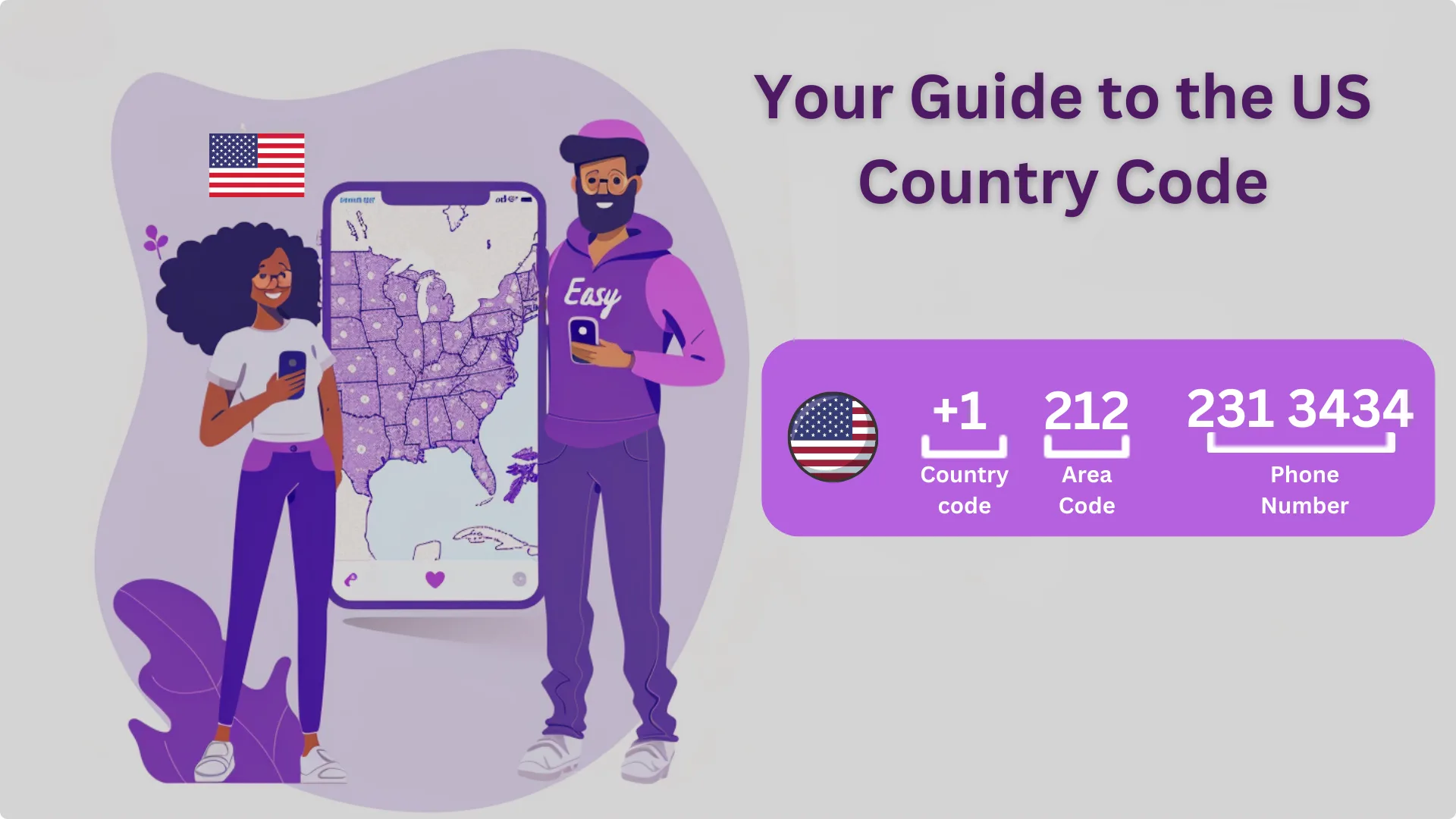Introduction
In today’s fast-paced business world, customer experience and satisfaction are crucial to the success of any organization. To achieve these goals, businesses must understand their customers’ needs and preferences. One effective way of doing this is through conversation analytics.
What is Conversation Analytics?
It is a technology that allows businesses to analyze and extract insights from customer interactions, particularly phone calls. With the help of advanced software and machine learning algorithms, it can also identify patterns, trends, and sentiments in conversations between customers and agents.
Importance of Conversation Analytics in Today’s Business World
It has become increasingly important in today’s business environment for several reasons. Firstly, businesses are dealing with more complex customer inquiries that require a deeper understanding of customer needs. Secondly, customers expect personalized experiences that meet their unique demands and expectations. Competition in many industries has intensified; therefore, companies must find innovative ways to differentiate themselves from competitors.
It will enables businesses to understand customer needs better by analyzing how they interact with agents during conversations. This data can identify pain points or areas where customers may be frustrated or dissatisfied with an organization’s products or services.
Definition of conversation analytics
In simple terms, it analyzes recorded conversations between customers and agents to extract valuable insights that can improve business operations. Through speech recognition technology and natural language processing algorithms, it helps to transcribe spoken words into text data that businesses can analyze and act upon.
How it works
The process of conversation analytics generally involves three main steps:
Data collection: The solutions collect call recordings from various sources such as call centers, voice-over-ip (voip) systems, or unified communication platforms.
Data analysis: Once call recordings are collected, they are analyzed using advanced speech recognition technology to transcribe them into text data. Natural language processing algorithms then analyze this text data to extract insights on customer sentiment, behavior patterns, conversational cues, etc.
Data visualization: finally, the analysis results are presented through dashboards or reports that enable businesses to understand key metrics such as customer satisfaction rates or agent performance metrics.
Types of data collected through conversation analytics
1.Sentiment analysis: understanding whether customers are happy or dissatisfied with their experience based on tone and context used during the interaction.
2.Sales metrics: identifying which products or services customers are interested in purchasing and how often they make a purchase.
3.Customer experience metrics: measuring customer satisfaction, identifying areas of improvement, and tracking customer loyalty.
4.Agent performance metrics: monitoring call handling times, identifying high-performing agents, and providing training feedback to underperforming agents.
Benefits of Using Conversation Analytics
It is a game changer for businesses that want to improve customer experience, enhance sales and marketing efforts, and improve operational efficiency. Here are some of the benefits of using conversation analytics:
Improving customer experience
One of the most significant benefits of conversation analytics is improving the overall customer experience. By analyzing customer interactions, companies can identify pain points in the customer journey, such as long wait times or repeated calls about the same issue. By addressing these issues, companies can reduce customer frustration and increase satisfaction.
Enhancing Sales and Marketing Efforts
It also provides insights into sales trends and patterns. Businesses can analyze conversations to identify common objections from prospects or missed opportunities by sales reps. Additionally, it can help evaluate marketing campaigns’ effectiveness by analyzing what messaging and channels resonate with customers. It also helps in lead generation by providing insights into what works well with potential customers before conversion.
Improving Operational Efficiency
In addition to improving customer experience and enhancing sales efforts, it can significantly improve operational efficiency by reducing call handling time. By identifying frequently asked questions or common issues that require lengthy conversations to resolve, companies can provide agents with pre-prepared responses that reduce call length while quickly resolving customers’ concerns. The analysis also identifies areas where processes need improvement, improving performance metrics efficiency like first contact resolution (FCR), average handle time (AHT), etc., resulting in cost savings for companies.
The Bottom Line
The benefits of using conversation analytics are vast- it improves overall business performance by providing accurate insights into customers’ needs while increasing employee productivity through automated processes that reduce manual labor requirements. Companies that adopt this technology can significantly improve their competitive advantage and overall profitability.
How to Implement Conversation Analytics
Now that we’ve established the importance of conversation analytics and how it works, let’s discuss how to implement it in your business. Conversation analytics can significantly improve several areas of your organization, from customer service and sales to operations. Here are some steps to take when implementing conversation analytics:
Choosing the right software
The first step in implementing conversation analytics is choosing the right software for your needs. Several options are available, each with unique features and pricing structures.
Some popular conversation analytics tools include Talkdesk, CallRail, and RingCentral Engage Digital. When choosing a software tool, consider factors such as ease of use, compatibility with your existing systems, level of customization available, and the level of support the vendor provides.
Setting up the system
Once you’ve chosen a software tool for conversation analytics, the next step is setting up the system. This involves integrating the tool into your existing business communication channels (e.g., phone lines or chat systems), configuring settings related to data collection and analysis (e.g., keywords or sentiment analysis), and creating reports or dashboards for monitoring performance. This process may involve working closely with your vendor’s technical support team or hiring an outside consultant to help ensure that everything is set up correctly.
Training agents on how to use it
The final step in implementing conversation analytics is training agents on how to use it effectively. This includes providing technical training on using the system and coaching agents on how to interpret data insights and adjust their behavior accordingly. In addition to providing initial training sessions, ongoing coaching should be provided as part of a larger effort toward continuous improvement within your organization.
The Future Potential for Conversation Analytics in Business
As businesses continue to seek ways to improve customer experience, sales and marketing efforts, and operational efficiency, it will undoubtedly play an increasingly important role. With advancements in machine learning and natural language processing, these tools will become even more sophisticated in their ability to analyze conversations and provide insights.




